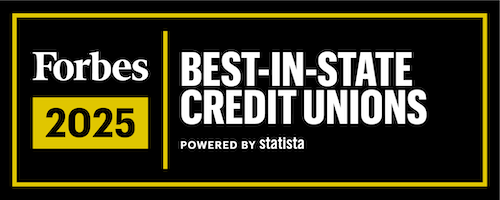After reflecting on the financial choices of 2023, make these money moves to find savings in 2024.
After the holiday spending, it’s a good time to look back on your 2023 financial decisions — the good and the bad. Maybe you could have saved more money, paid-off debt or taken that trip. Just as you might intend to modify your eating habits or change your workout plan in the new year, make changes that allow you to meet financial goals.
Here’s 5 ways to potentially keep more money in your pocket:
1. Budget
Start a budget. There are a variety of free budget tools out there to help you get started. If you already have a budget, review it! Cancel unused subscriptions, drop services that you don’t need, review your streaming services, better deals on health expenses (medications, supplements, etc.). Check with your health insurer to see what benefits are covered such as a gym membership.
2. Tackle high-interest debt
Explore your options to lower high-interest debt on credit cards. Depending on your credit score, you may qualify for a balance transfer credit card that allows you to move some or all of your high-interest debit onto a lower rate. Things to consider if you look into this option are no annual fee, a low balance transfer fee of 3% or less, and a lengthy 0% intro APR.
If you’re struggling to keep up with bill payments and essential expenses, consider seeking help with a financial counselor or advisor. They can help with budgeting and determine if you’re eligible for a debt management plan that consolidates multiple credit cards into one single low-interest fixed payment.
Put any extra money toward paying down debt. Financial experts recommend prioritizing the highest-interest first and paying bills on time, and in full each month, if possible. For example, you owe on that credit card from the big purchase you made – pay that off first.
3. Open a high-yield savings account
It’s important to have an emergency fund for those unplanned expenses, and by putting this money aside, you’re able to recover quicker and get back on track towards reaching your larger savings goals.
A lot of financial institutions offer higher APY on accounts whether it’s a savings account or certificate of deposit.
According to nerdwallet.com, some financial planners encourage people to save for an emergency fund in stages, with stage 1 being a minimum goal of $1,000 in a savings account, stage 2 being enough to cover a month’s worth of expense, and stage 3 as having enough to cover 3-6 months of living expenses.
4. Use your credit card benefits
Your credit card may have perks that you’re unaware of, that can potentially save you money each month. For example, some credit cards offer credits on eligible food delivery services, streaming services, and even shipping. Also, be sure to enroll in credit card offers (if applicable) so you can take advantage of the rewards programs (gas stations, groceries, hotels, etc.)
If you’re on a debt payoff journey, be sure to charge only what you can pay off in full each month. Don’t spend more than you have.
5. Shop Smart
There are so many cash-back shopping apps such as RetailMeNot or Coupons.com whether it’s for groceries or retail purchases. They won’t make you rich but can help you save money on the things you buy.
If there’s a store you frequent, such as Target, look into their credit card rewards or discounts – you could be saving more than if you paid cash or by another credit card. Again, pay off the credit card balance in full every month to avoid interest charges.







